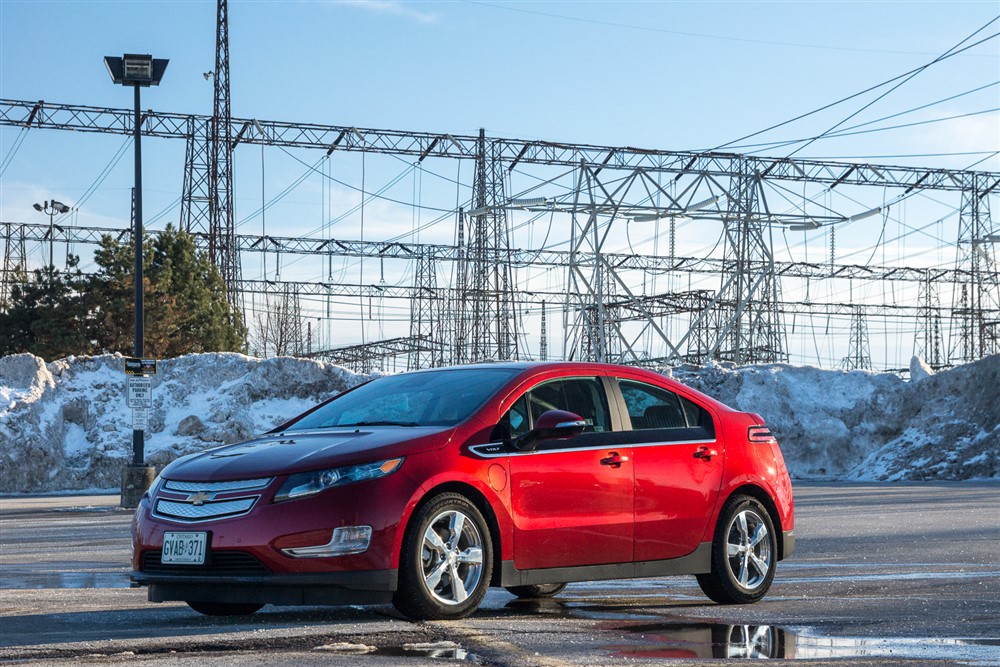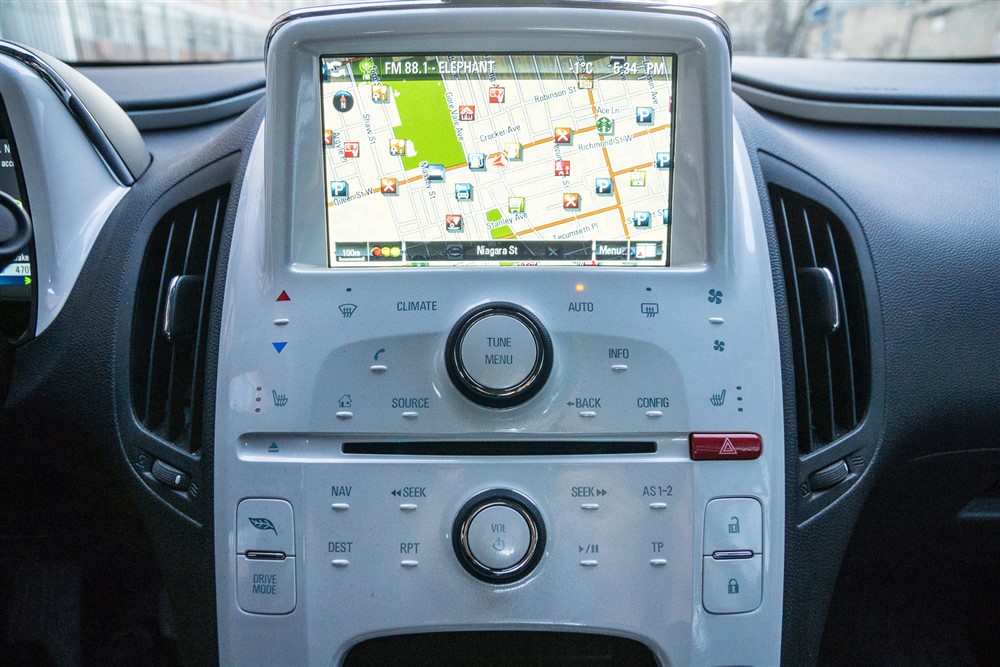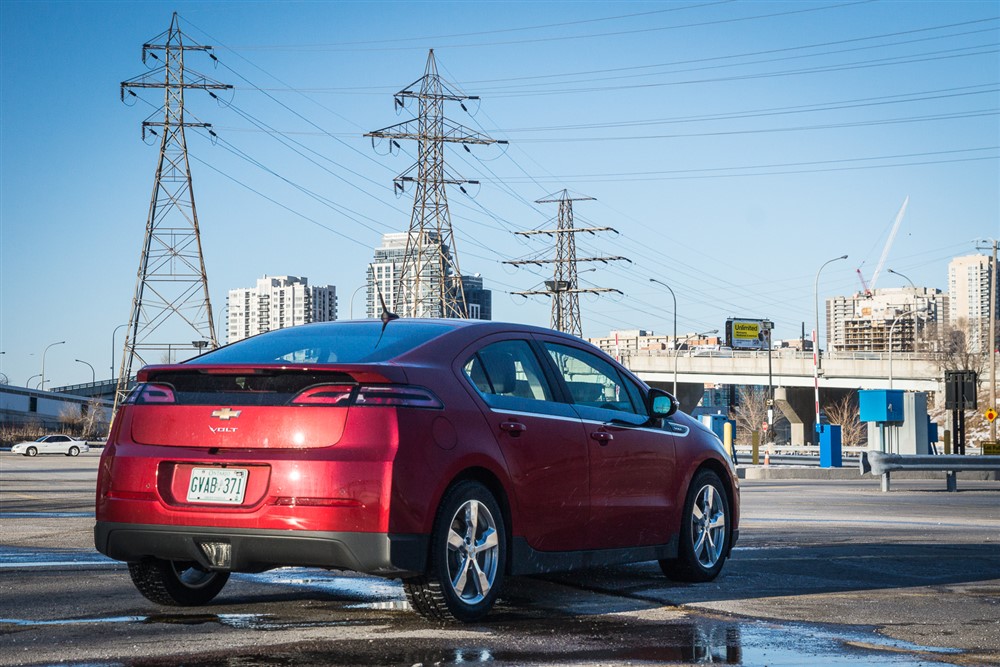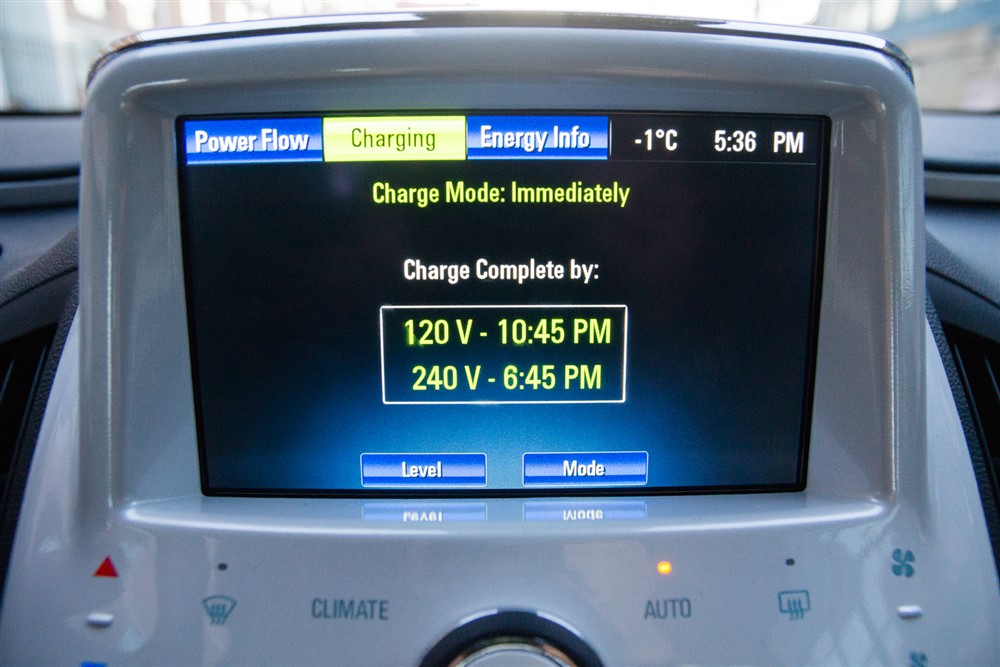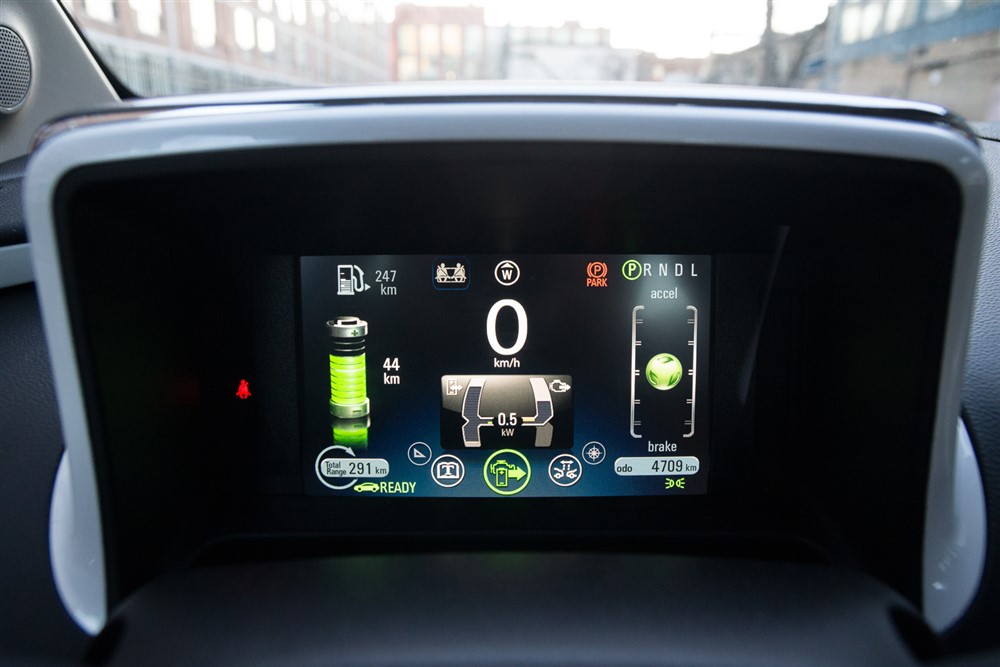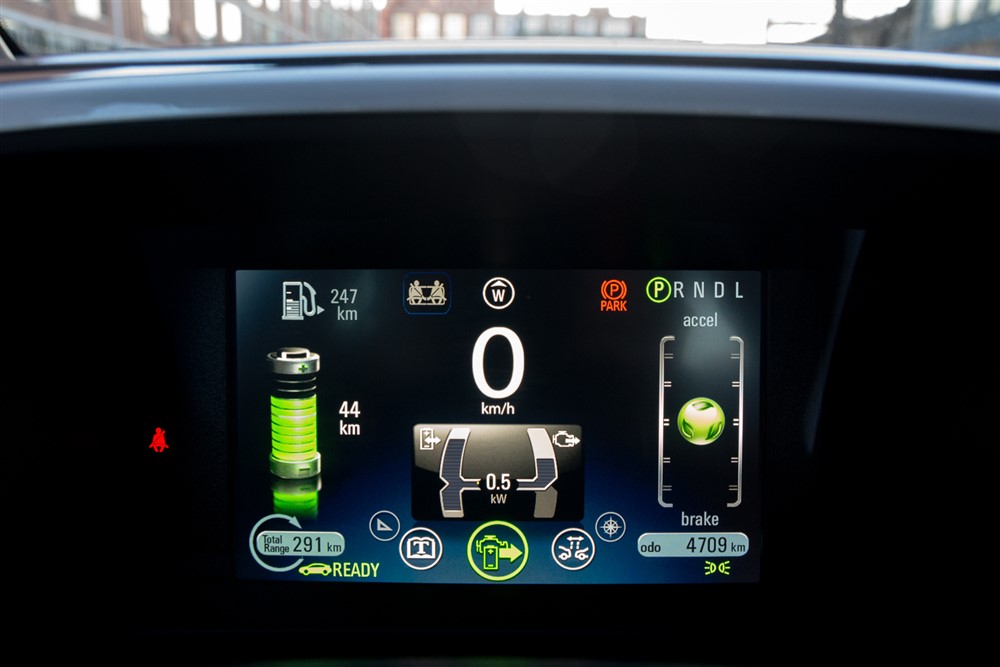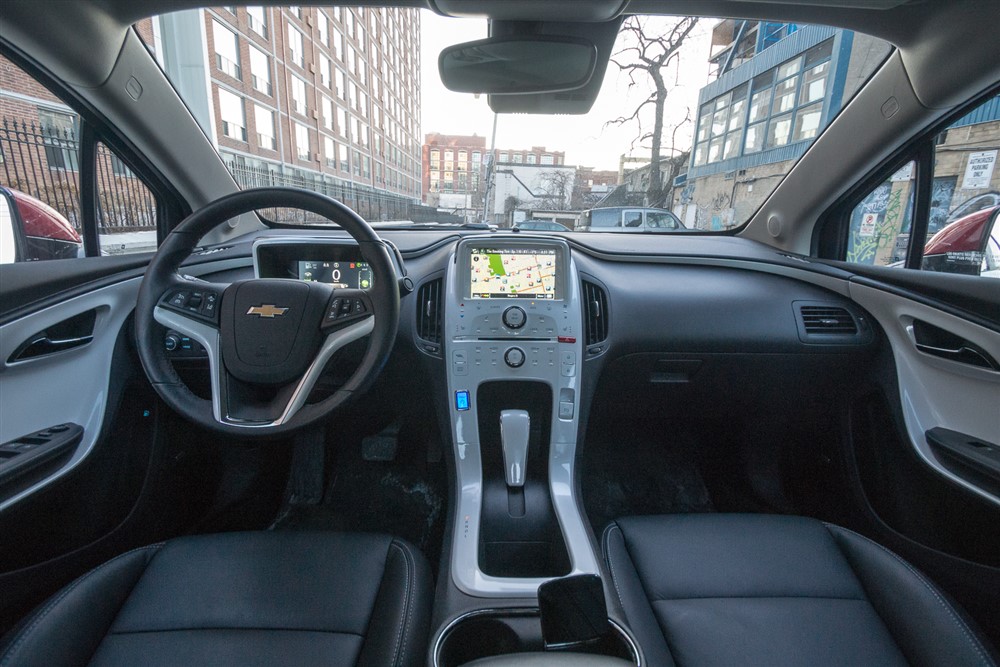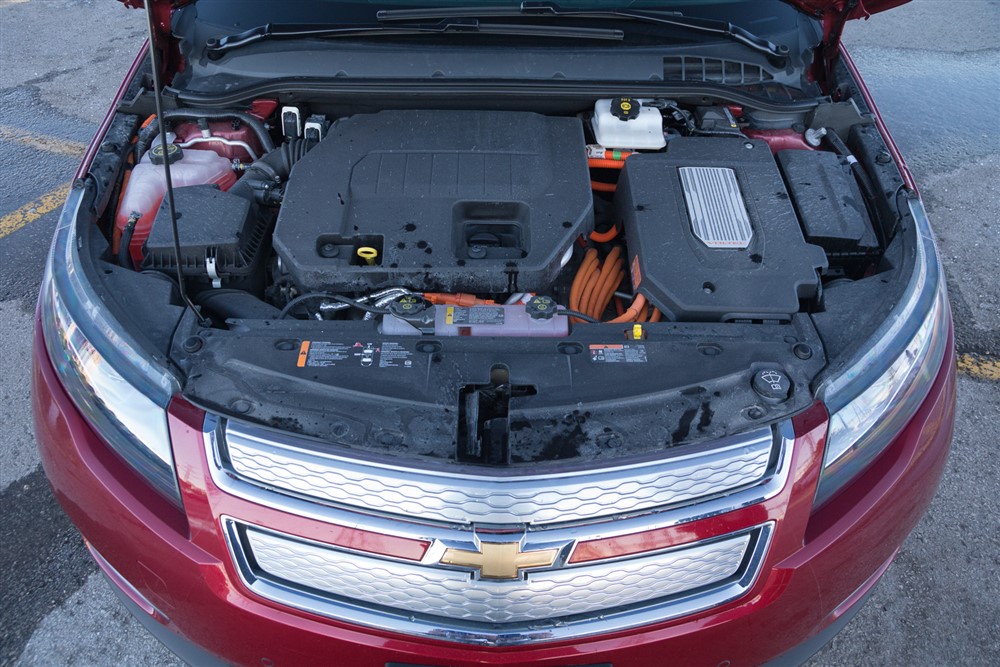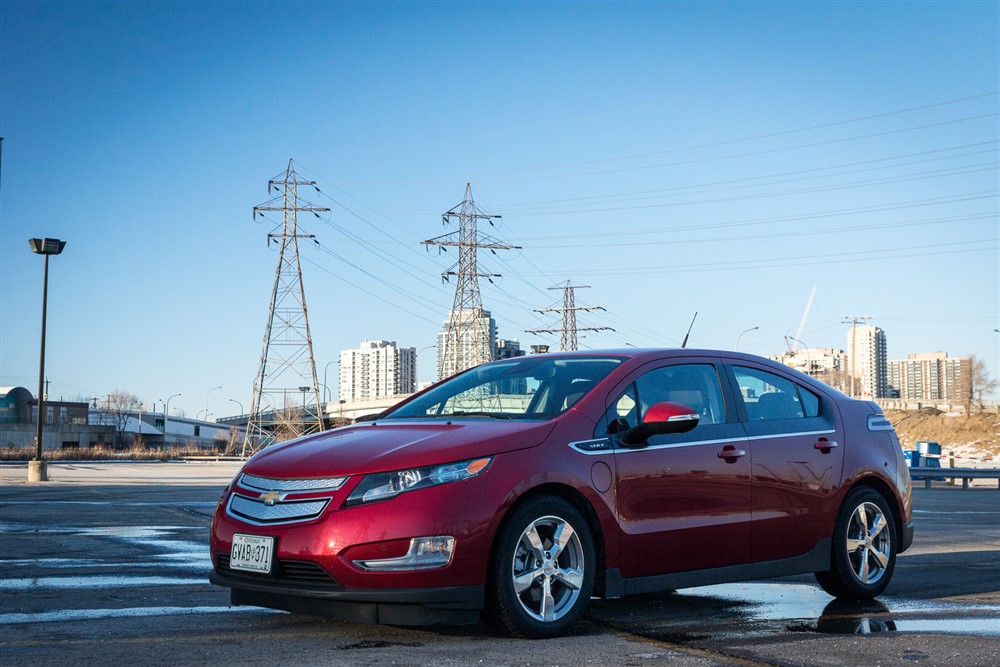When it comes to electric cars, cars like the Toyota Prius and more recently, the Tesla Model S come to mind. The Prius is known for its dominance and near saturation of the hybrid market. The Model S is known for its cool factor in the mainstream media and the frankly astonishing performance never before seen in the segment. As a result, automakers may find it slightly difficult not only to break into the market, but leave a lasting effect that regular consumers would remember.
Chevrolet is no stranger to the EV (Electric Vehicle) market, with the GM EV1 that met a controversial demise years ago. Long story short: GM concluded that the EV1 program was not profitable, reclaimed all the cars leased out, and crushed the vast majority of them, to the dismay of EV enthusiasts everywhere. Those looking for a little more info on this story can check out the film, “Who Killed the Electric Car?” Almost ten years would go by before GM would work on another such vehicle. Engineers worked feverishly on the new project, which would become the Volt. Lots of buzz surrounded the American competitor, many speculated on the powertrain configuration. Chevy played with their cards close to their chest, and some were even a little disappointed when the final specifications were released. The Volt, to me, seems like a car that isn’t widely understood on a technical level. I picked up a Volt for a week to try to get my head around the technology, and to see if it all works.
The first thing that needs to be mentioned is that the Volt is very different from something such as the Toyota Prius, and is closer to, but still not quite the same as the Tesla Model S. The former is often referred to as a “series-parallel hybrid” with the gasoline engine and electric powertrain working together to propel the car forward. In the latter example just mentioned, the Model S features no such gasoline engine, and relies solely on its electric hardware. The Chevy Volt is different, often called a “series hybrid” in that while the electric motors drive the car, a gasoline engine sits under the hood to act as a generator “range extender”. This engine typically does not send power directly to the front wheels, but exists mostly to supplement the overall hybrid-powered range once the battery supply is exhausted.
The benefit compared to the Toyota Prius is the ability to favour the electric powertrain for propulsion. In that vehicle, when strong acceleration is demanded, the gasoline engine will intervene to provide more forward motion, in addition to what the electric powertrain can do. This can negatively affect efficiency if not driven in the correct manner. There is an “EV” mode available but it is mostly for low speeds and low acceleration demands. When compared to the Tesla offerings, the most obvious benefit is the extended range due to the onboard generator. When the Tesla Model S runs out of battery capacity, there’s not much one can do aside from getting it towed to a facility that can charge the car back up quickly. Range anxiety is not an issue with the Chevy Volt.
As is common for efficiency-oriented vehicles, the Volt features a hatchback design somewhat similar to the Toyota Prius. With a heavy use of two-toned panels, any colour you choose is broken up by a decent amount of glossy black. My Volt test vehicle, painted in a “Crystal Red Tintcoat”, is attractive while still wearing the usual Chevy design language, with the bow-tie emblem in the bright grille front and centre. The Volt rides on 17” forged lightweight aluminum wheels wearing 215-section 50-series tires. From the factory, Chevy fits a set of Goodyear low rolling resistance tires. My tester came with Pirelli winter tires to deal with the weather here in Toronto. While traction in all conditions was great, expect fuel efficiency to take a hit. Another aerodynamic item worth noting is the lower front lip deflector. I originally expressed some doubts about its durability, considering how low it extends. Then I kicked it with my foot. The whole lip is made of a flexible rubber and should put up with abuse better than a solid plastic lip would.
Inside, there is seating only for four due to the battery’s layout under the floor. The centre console is positively large and runs down the length of the cabin. The hatchback design allows for a bright and airy feel, but I found the pillars to be especially thick, especially the A-pillar in front of you. The bright-blue power button lives on the centre stack with most of the car’s controls. The centre stack relies on a significant number of touch-sensitive controls for climate and audio controls – I found many of the controls slightly difficult to find while at speed. Some controls have a little bump adjacent to the touch-sensitive pad for easier operation, but others are just blank pads that force you to take your eyes off the road. This setup reminds me a little of Cadillac’s CUE system, which has received a lukewarm response to its heavy reliance on touch-sensitive controls. I’m a guy who likes buttons because of the tactile feedback. A few more buttons in this case never hurt anybody. The instrument cluster isn’t so much of a cluster, rather just a configurable 7” screen that houses all the displays and readouts one would need to eke out the most efficiency possible, whether by electricity or gasoline. Out back, the cargo area is surprisingly good considering all the batteries living underneath. Aside from the raked hatchback that cuts into overall vertical height, you could seriously fit a ton of stuff into the Volt. One slight annoyance to that raked hatchback is the lack of a rear wiper. The surface of the glass is almost horizontal enough for snow and ice to really build up – a wiper would be a good idea here.
Under the hood lives a 1.4L gasoline engine, from the same Family 0 series you’d find in the Chevy Cruze, minus the turbo and some tweaks to improve efficiency. It alone produces 83hp at a maximum 4800rpm, which also happens to be the computer-controlled redline. Torque values are not provided by GM’s spec sheets, but they do stress the requirement of premium fuel – required for the high 10.5:1 compression ratio. The fuel tank will accept up to 35L of fuel. The chances of you using very little fuel over a long period is very possible, so this really isn’t the deal-breaker that some are making this out to be. The electric powertrain itself produces 149hp and an excellent 273lb-ft of torque at zero rpm (the beauty of electric motors). Pushing the accelerator pedal to the floor produces a surge forward, a swell of torque, and a lack of drama that isn’t unlike what you get in the electric-only (and crazy fast) Tesla Model S. There’s just less of it. I spent a lot of time hypermiling in my week with the Volt, but in the times where I needed to get up and going quickly, I never felt wanting for more power.
Another thing that makes the Volt different from the standard Prius is the plug-in hardware included. The Volt can be charged from either a standard 120V household outlet or a stronger 240V outlet. The hardware resides under the floor in the cargo area. The handheld unit and the port just ahead of the driver’s door is similar to what’s seen in the Honda Accord PHEV we tested earlier this year. Plugging the Volt into a standard 120V outlet sees a full charge in about 11 hours, and only 4 hours on a 240V outlet. One overnight charge produces an electric-only range of 61km, and when you combine that with the gasoline engine and its reserve, you end up with a total of over 600km overall range. My commute into the city is just about 25km each way, so being able to get to and from work while using zero gasoline is quite something. I’ve never seen the average fuel efficiency readout stay at 0.0L/100km for so long. Later on in the week, while running some errands, I exceeded the 61km electric-only maximum, and the gasoline engine started to run. What I didn’t expect was that it didn’t run continuously. It would run for a few minutes and shut off, while the electric hardware still moved the car. The same thing happened once the temperature started to dip under the 0°C point. So, in colder climates, expect some gasoline consumption even with a full battery.
At the end of the week, with lots of driving in electric-only mode, I averaged a personal best 3.6L/100km. Short of something like the Tesla Model S, which doesn’t have a gasoline engine in it at all; I think it would be difficult to find something that is as efficient. You do pay for such a privilege, however – pricing on the Volt starts at $36,895. My tester had some additional options: leather seating, GPS navigation, rear park camera and assist, front collision alert and parking assist, lane departure warning, and the aforementioned Crystal Red Tintcoat, bringing the subtotal to $42,475. I always feel the need to ask the question whether paying up front for the premium is worth the sustained fuel savings. It does often take years before such an investment pays for itself. The technology and the numbers are what get the attention. The green license plate and its HOV-lane access are also a nice bonus. I think the Chevy Volt is one of the best choices you can make for somebody who strictly commutes in the city and spends a lot of time in stop-and-go traffic. At the end of all this, having the ability to boot around in the city while emitting zero tailpipe emissions really is a big deal.

